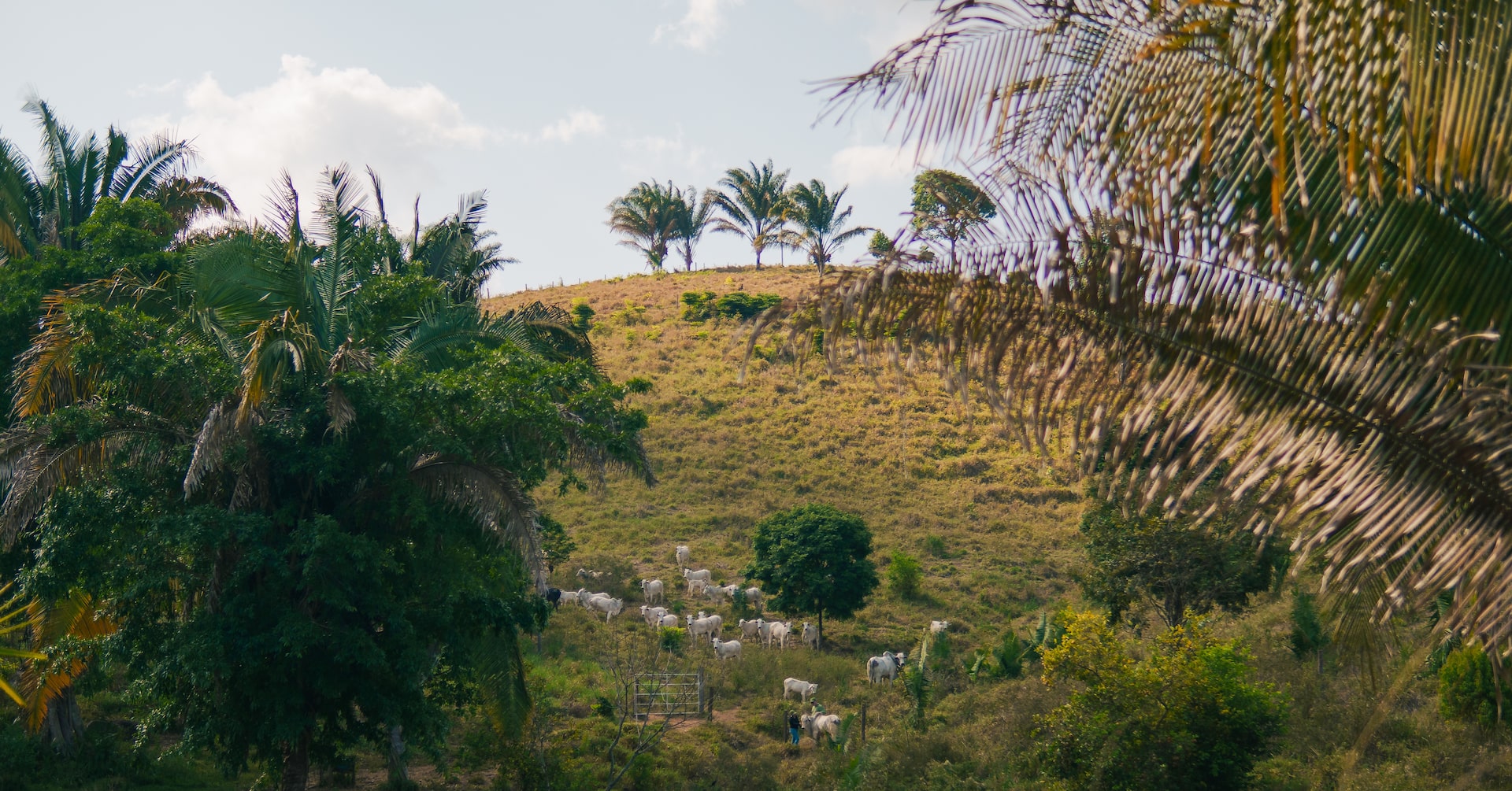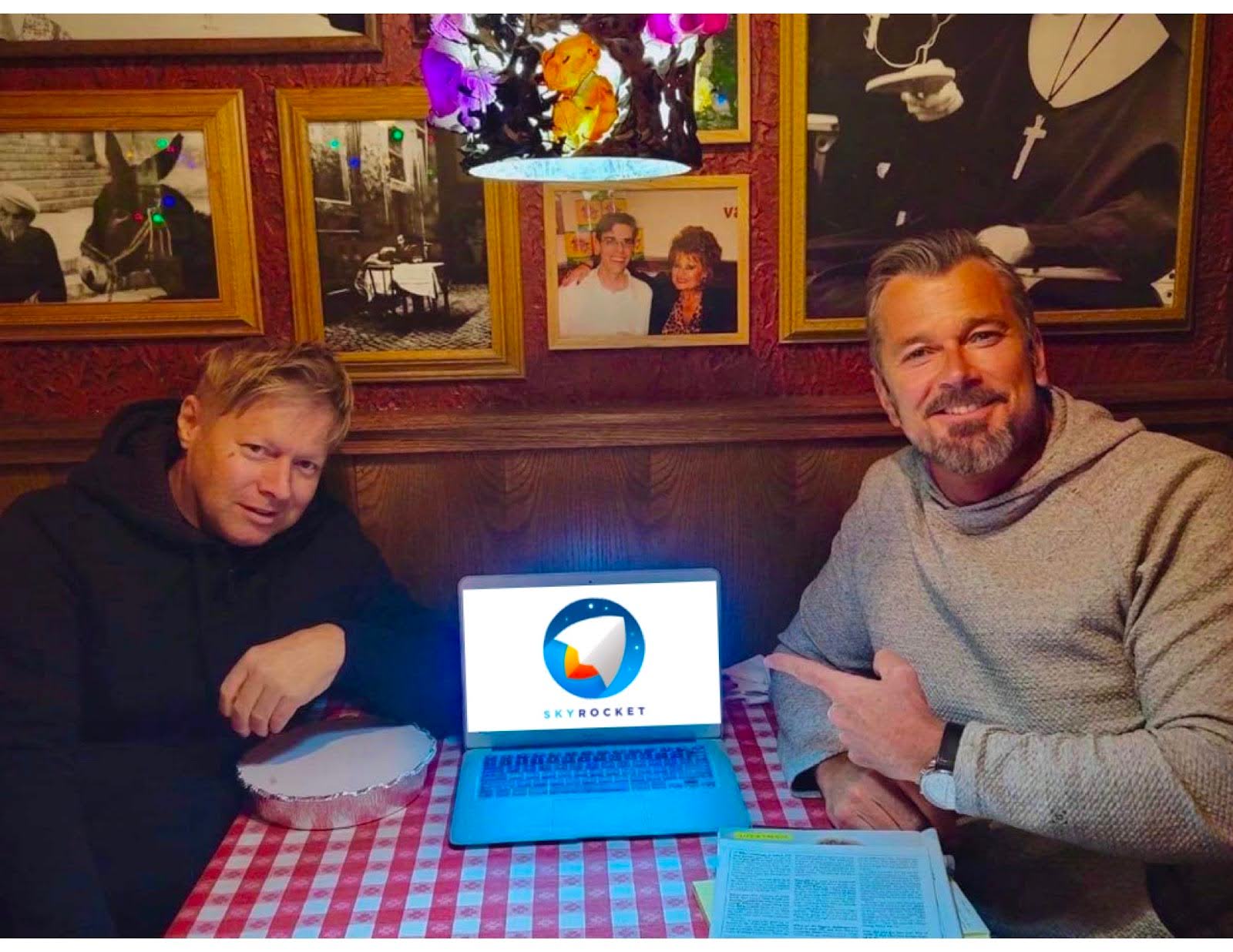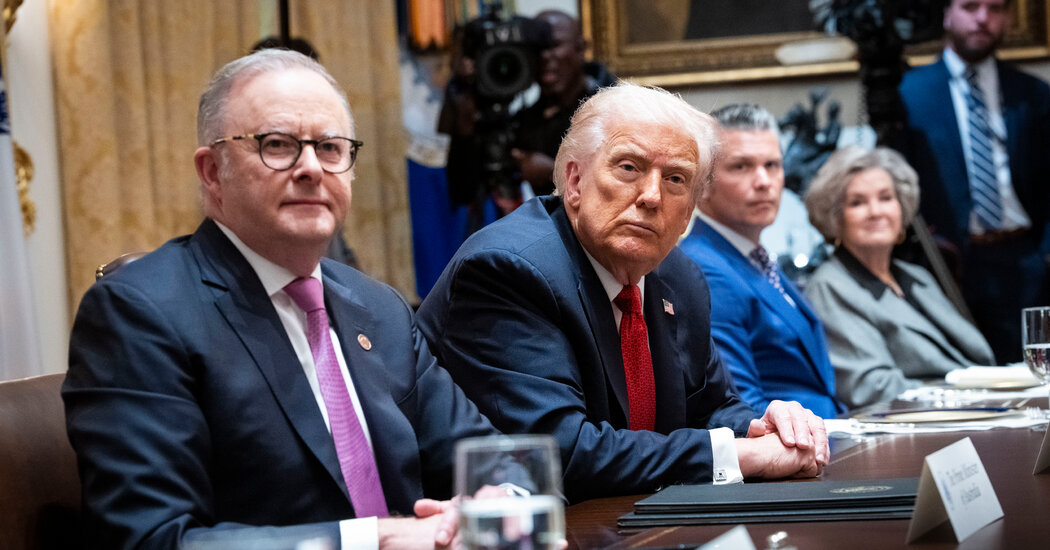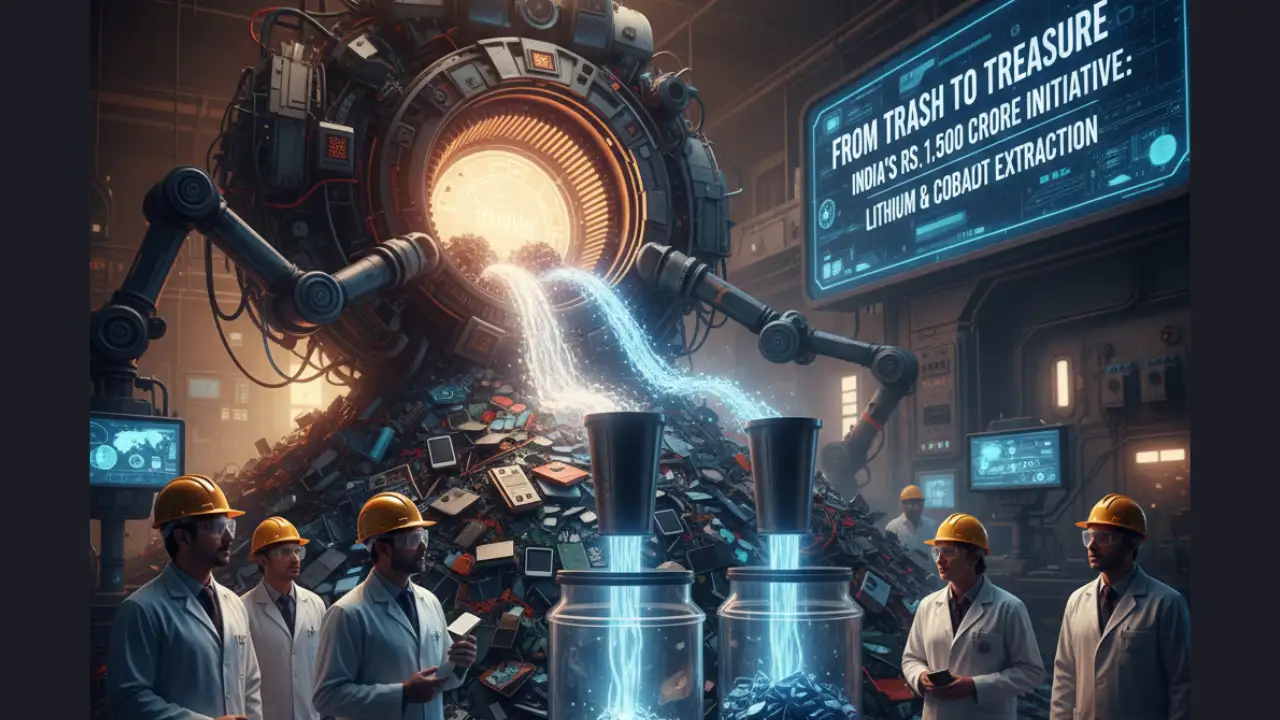Copyright Reuters

Summary Research shows at least half of Pará's cattle are reared on illegally deforested land JBS Global is supplying 2 million electronic ear tags to help small ranchers comply with traceability Brazil has around 40 million hectares of land too degraded for livestock after forest clearance Pasture restoration and agroforestry could mitigate around 186 million tonnes of CO2e by 2030 Regenerative techniques include ultra-high density grazing, methane-reducing feed and agroforestry October 28 - In the Brazilian state of Para, deep in the Amazon, mile upon mile of deforested land flanks the dusty road. Pastureland dotted with an occasional tree opens – land that was once among the most biodiverse habitats on the planet is now given over to the service of a single species: cattle. At 1.2 million square kilometres, the state is second only in size to Amazonia. The land has been developed for cattle farming since the 1970s, when the military government in Brazil actively incentivised families to move in and clear forest for cattle farming. Since then, the activity has become a huge economic driver, with only mining more valuable to Para, according to conservation organisation The Nature Conservancy (TNC). The state’s 20 million hectares of pastureland is roamed by just under 25 million cattle and buffalo, about the size of Australia’s entire herd. According to the latest data from Trase, Para is a Brazilian hotspot for pasture-driven deforestation, which has increased by 54% over the past four years in the biome. Research by TNC and Bain and Company finds that at least half of cattle are reared on illegally deforested land. High deforestation risk and poor animal health are two reasons that the state earns less for its beef exports by volume than other states, and is losing access to markets such as Europe, South Korea and Japan. But the governor of Para wants to turn the situation around, and in 2023 announced that the state would become the first in the country to start rolling out a national plan to introduce mandatory tagging of cattle, something that it hopes to complete by the end of next year – six years ahead of the 2032 target – for full traceability of cattle and buffalo under the national plan. It is a move that environmental groups and Gilberto Tomazoni, CEO of the world’s largest meat company, JBS Global, have described as a potential “turning point in the fight against deforestation” in the Amazon. In August, two of its meatpacking plants were among 12 notified by Brazilian environment agency Ibama of an inspection into an alleged scheme to buy cattle from illegally cleared land in the Amazon rainforest. Tomazoni said in a blog that one of the greatest drivers of deforestation is the lack of economic opportunity for local producers. To help small ranchers, who account for about half of Para’s beef herd, with the cost of attaching electronic ear tags, JBS is supplying two million tags, in partnership with TNC. One of the most prominent Para cattle farmers to support the government’s move is Mauro Lucio Costa, president of Acripara, the Para Breeders Association. He says cattle tagging will bring necessary traceability but it won’t be enough on its own. Improving land management is also critically important to making Para’s cattle sector more resilient and to reduce its greenhouse gas emissions. Costa is one of a new generation of farmers who are employing regenerative techniques to promote soil health, which in turn supports greater grass growth and more healthy cattle. They are also planting trees to provide vital shade for cows, as well as diversify their income through other crops. Fabio Medeiros, director of strategic partnerships in livestock at TNC, explains that degraded soil has led to poor grass growth, which has pushed farmers to clear more forest in a continuous cycle of deforestation and degradation. The result is that Brazil has around 40 million hectares of land where the forest has been cleared for farming, but the land is now too degraded, even for livestock production, he says. Around half those in the state making their living from cattle farming are small producers such as Maria Gorete Rios. A former city-dweller, Gorete farms 78 hectares of land. Though cattle farming is her main income, Gorete also cultivates cocoa and acai, a berry native to Brazil that is commonly used in traditional food, planting them when she first bought the farm 11 years ago. She has also looked after land that is close to rivers and watercourses. Though this is mandated by Brazilian law, many landowners ignore it. She says her interventions have helped her farm adapt to the warmer, drier climate in the Amazon. “Lack of water and food stresses the animals out, and they don't gain weight. Even in the winter, we see producers who can't maintain the weight of their cattle,” she says. Gorete says some neighbours are following her methods, and she has hosted training sessions on her farm. “There are already a lot of people who are not removing trees anymore,” she says. On Lusimar Lopes de Brito’s mid-sized cattle farm, meanwhile, the main activity is breeding calves to sell on for rearing and fattening. He is laser-focused on pasture management, a regenerative technique that promises to boost the health of the soil so that it produces more grass, thereby reducing the amount of time the cattle need to stay on his farm. Using a relative new technique known as the ultra-high density method, a large number of cattle intensively graze one area for a number of hours before being moved onto a different area. This influences soil biology, enabling it to store more carbon, he explains. The technique also results in the cows’ urine and faeces being spread over the pasture more evenly. The farm has also changed the variety of grass in the pasture to one more suited to the Amazon climate and soil type. As a result, the farm no longer uses fertiliser, he says. Ernanes Almeida Coimbra – Lusimar’s son-in-law, who currently manages the farm – explains: “If you use pasture incorrectly you decrease the soil’s fertility. It’s no use paying absurd amounts for semen or a bull if, when the offspring of the animal gets here, I don’t manage the pasture.” Cattle farmer Pedro Miranda, meanwhile, has one of the largest ranches in Para, with 1,000 head of cattle. Miranda’s family is one of the oldest cattle-producing families in the region of Maraba. He is taking a two-pronged approach to sustainability: he feeds his cattle a supplement of corn and sorghum, sourced as byproducts from other sectors. Miranda is also testing a feed that reduces the amount of methane his cattle produce. In this way, he can increase the number of animals he produces on the same size of land, Medeiros explains. “The animals eat less pasture, which helps preserve it, and the animals gain weight quicker so they can be slaughtered earlier,” he says. These techniques reduce the amount of carbon dioxide and methane per kilo of meat produced, decrease deforestation by maintaining the fertility of the soil on farmers’ land, and boosts the soil’s ability to store carbon. According to WRI, livestock production accounts for about two-thirds of agricultural methane emissions, a far more potent, if short-lived, greenhouse gas than C02, most of it from ruminant animals’ digestion and manure. Mariana de Aragao Pereira, a researcher in farm management and Rural Economics at the Brazilian Agricultural Research Corporation (Embrapa), Brazil, says that regenerative practices in the country have reduced methane emissions per head of cattle. “A well-managed pasture can store two to four tonnes of carbon per hectare per year, partially offsetting enteric methane. In agroforestry systems, these rates can be even higher due to tree biomass”, she says. While she acknowledges that the ability to produce more cattle on the same area of land could increase overall emissions from beef farming, deforestation – by far the largest source of emissions linked to cattle – would decrease, while soils and trees in the system would sequester carbon. She points to Brazil’s Low-Carbon Agriculture Plan, which estimates that pasture restoration and integrated systems, including agroforestry, could mitigate around 186 million tonnes of C02 equivalent (C02e) by 2030 reaching 40 million hectares throughout the country. Whatever the eventual trade off, regenerative solutions will only make a big difference if they can be scaled. For Medeiros of TNC, the biggest challenge to this is technical assistance to support the two million cattle farmers in Brazil to learn the new techniques needed. “Brazil has some technical assistance agencies, but they cannot tend to the whole country,” he says. Beef has a long and complex supply chain, so the major meat buyers are not supporting smallholders directly, as they are with other commodities such as cocoa and coffee. However, this may change in future as Brazil rolls out traceability for cattle, he notes. At the United Nations’ Food and Agriculture Organization (FAO) conference on sustainable livestock farming in September, Dr Aimable Uwizeye, FAO’s livestock policy officer, said voluntary carbon markets could be key to unlocking finance to support livestock farmers to shift to agroforestry, and the FAO is currently developing guidance on risks and opportunities in carbon markets. In some parts of the world, technology solutions are being trialled to help farmers manage their livestock to reduce emissions. Satellite data and modelling are being applied to pasture biomass so that farmers and land managers have near-real-time data of when and where animals should graze to consume the most abundant and digestible forage. Eating younger, higher-fibre grass will minimise the amount of methane emissions from animal flatulence, according to WRI, which convenes the project with Bezos Earth Fund. On-farm trials of the technology are being planned at more than 100 sites across eight countries in Latin America and Africa by the Global Methane Hub and the Global Pasture Watch research consortium. The new data will be available free on Google Earth and other platforms. Back in Brazil, Coimbra believes that change is inevitable. He estimates that around 60% of farmers in his local area accept that they need to make their farming practices more sustainable. “If the other 40% don't change their minds, they'll be out of the market. “The new generations that are inheriting these lands have had access to college and research,” he says. “This will be a paradigm shift – from the moment they take over, I believe that sustainability will increase significantly.” Opinions expressed are those of the author. They do not reflect the views of Reuters News, which, under the Trust Principles, is committed to integrity, independence, and freedom from bias. Ethical Corporation Magazine, a part of Reuters Professional, is owned by Thomson Reuters and operates independently of Reuters News. Catherine Early is a freelance journalist specialising in the environment and sustainability. She writes for Dialogue Earth, Economist Impact and the ENDS Report, among others. She won a 2024 SEAL environmental journalism award and was highly commended in the 2023 Aviva Investors sustainability Media Awards



